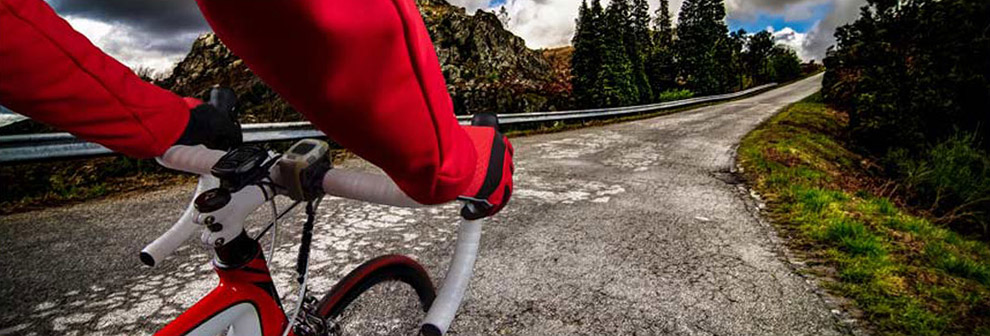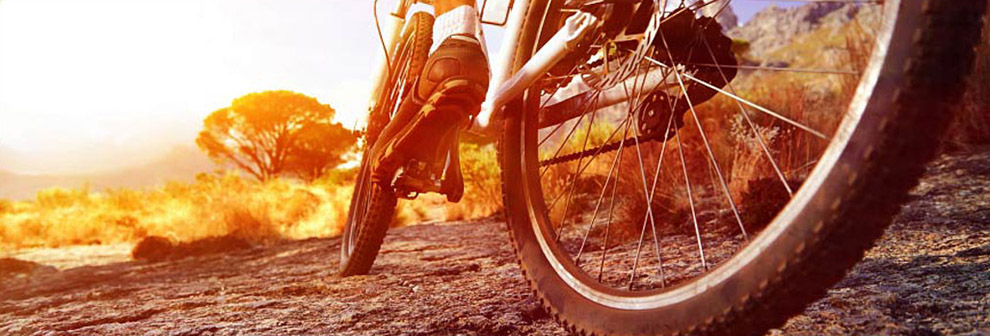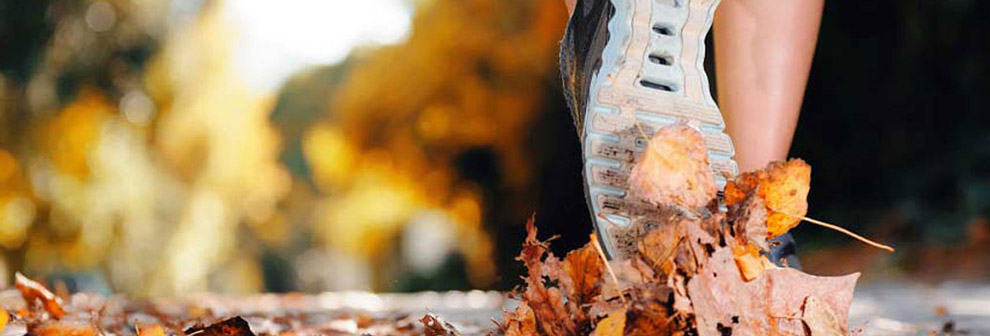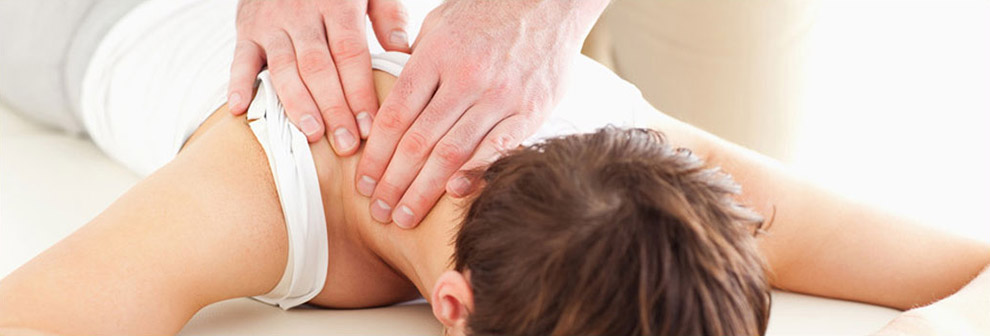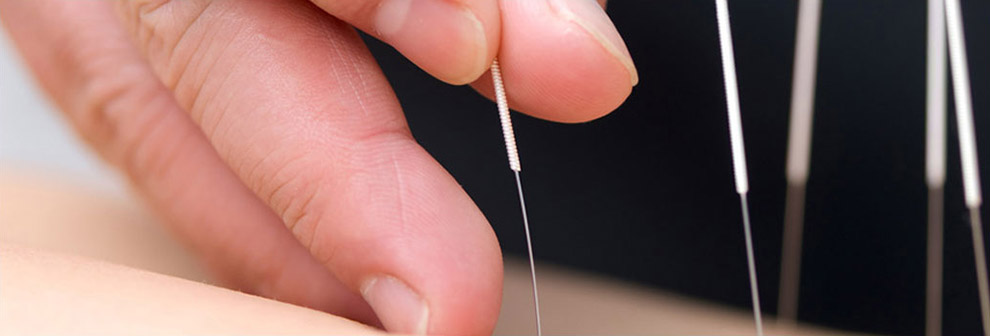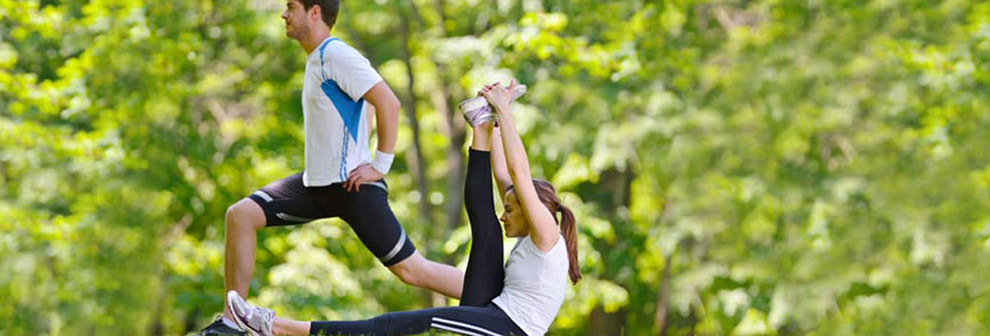Elko Physical therapy: Selecting Football Equipment
At Pinion Rehabilitation, we recommend a few general considerations for selecting your equipment in order to stay comfortable and minimize injury while playing Football. The most important piece of equipment required is a helmet, but the pads for the rest of the body also provide crucial protection when participating in this contact sport. In addition, your choice in footwear can make a difference to how comfortable you feel and your overall performance.
Helmet
A helmet is one of the most critical pieces of equipment that a player can own. The job of the helmet is to protect the brain, skull and face from the common impacts inherent in Football. Football helmets are constantly being re-designed and re-made in line with research that supports the abilities of new materials and helmet designs. Ideally you should choose a relatively newly designed helmet as they should be manufactured up to the impact and protective standards of the country they are being used in. The helmet should have a snug fit and should be worn with all the internal protective padding that is normally inserted in the helmet. The shock absorption function of the helmet decreases when these internal pads are removed or replaced with generic pads not designed for that particular helmet. The helmet should also have a face guard that allows good peripheral vision, but that also protects the jaw and face from impact. Some faceguards are more extensive than others and offer further protection to the nose and eye region which may be necessary if players have a history of injury to these areas. The assistance of the shop keeper or equipment distributor in choosing a properly designed and fitting helmet would be recommended as the benefit of a good and properly fitted helmet cannot be understated.
Mouth Guard
Mouth guards are designed to absorb some of the impact from blows to the jaw and teeth and should be worn when playing any level of Football. Standard mouth guards are available in most sporting stores, but they tend to be bulky and do no provide good protection due to their inability to mold to individual teeth configurations. A moldable plastic mouth guard is also often available in sporting stores and is an alternative to the standard mouth guard. These types of guards are made from a soft moldable plastic that can be melted in hot water and then placed in the mouth so that they mold to the shape of the teeth. These guards can still feel bulky and therefore may interfere with breathing, however, they would be recommended above the standard guard. If you are an avid Football player, it would be worthy to get a custom fitted mouth guard to provide maximum protection. These guards are made by a dental professional and molded from a special shock absorbing material. Custom mouth guards mold exactly to the fit of the individual player's mouth anatomy and therefore provides maximum protection.
Body Pads (Shoulder pads, girdle, other pads)
Body padding such as the girdle (pants with padded inserts,) shoulder pads, and other pads such as those for the elbows, knees and shins are highly recommended when playing any level of contact Football. These pads aid in protecting the associated body part from contusions and other more serious injuries by absorbing some of the shock associated with impact in Football.
The Football girdle is a specially designed pant that has either space for pad inserts or has several pads sewn directly in to the material covering areas such as the thigh, hip and tailbone. It also has space for a genital protector to be inserted. The shoulder pads provide protection to not only the shoulders, but also assist in protecting the chest and upper back from injury due to their rigid support component. For this reason well-fitted shoulder pads need to be used. The shoulder pads also come in variations according to the position played. Pads designed for the defensive linemen are much bulkier and more protective than those worn by the quarterback which allow more freedom of shoulder movement. Again, the assistance of the shop keeper or equipment distributor in choosing equipment like shoulder pads would be very useful in order to ensure a proper fit for maximum protection and also to ensure the pads corresponding to the needs of the position you play are purchased.
Footwear
Footwear selection is crucial for all Football players in order to maximize speed on the field and to prevent injury. Selecting the proper shoe will depend on a number of factors including comfort, previous or potential injury, position played, and the surface you are playing on. There are a several types of Football-appropriate shoes including high-tops, mid-cuts, and low-cut varieties. The high-top shoe provides more ankle support than the other varieties whereas the low-cut tend to be lighter and allow more ankle mobility which may translate into more speed when running. The mid-cut variety offers a balance between injury protection and mobility.
Cleats are a standard part of a Football shoe as they provide grip on the playing surface and allow the quick cuts and turns required. There are two types of cleats: molded and detachable. Molded cleats are built directly into the sole of the shoe. Shoes with molded cleats are designed to be used primarily on turf but can be used on grass and tend to be less expensive than the shoes that have detachable cleats. For injury prevention reasons as well as cost efficiency they are the recommended shoe type for amateur players or youth sport. Detachable cleats are cleats that can be removed and replaced by a cleat wrench in order to adjust to the conditions of the playing field. Generally, the wetter or more slippery the field, the longer the cleat required. The longer the cleat, however, the higher the chance of torsion injuries to the ankle and knee due to the more solidly planted foot.
Hydration Gear:
Keeping hydrated will help you stay alert while playing Football. It may also help to prevent muscle cramps and will help your post game recovery. Taking your own drink bottles to training or a game helps you to keep track of your fluid intake. We recommend that you drink about 300-400 mL before you play (ref: http://www.ausport.gov.au/sportscoachmag/nutrition2/pre-event_nutrition), and 250mL (1 cup) of water or sports drink every 20 minutes of physical playing/training time or time in the sun, and for one hour after your game. These are just general guidelines as fluid requirements will vary depending on the environmental conditions and your body size. Remember, the more fluid you lose through sweat, the more you will have to replace. To check that you are adequately hydrating, you can weigh yourself before and after your games or training. If your weight remains the same then you are likely to be well hydrated. Also, remember that by the time you feel thirsty, your body is already dehydrated, so drink frequently and don't let thirst alone determine your fluid intake.

